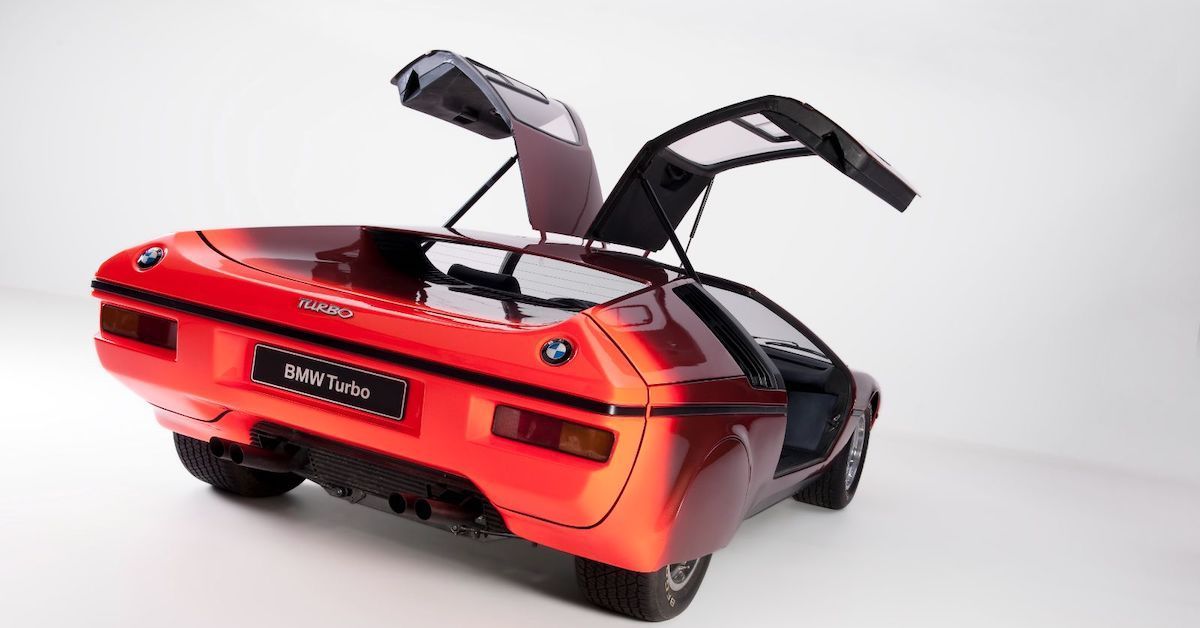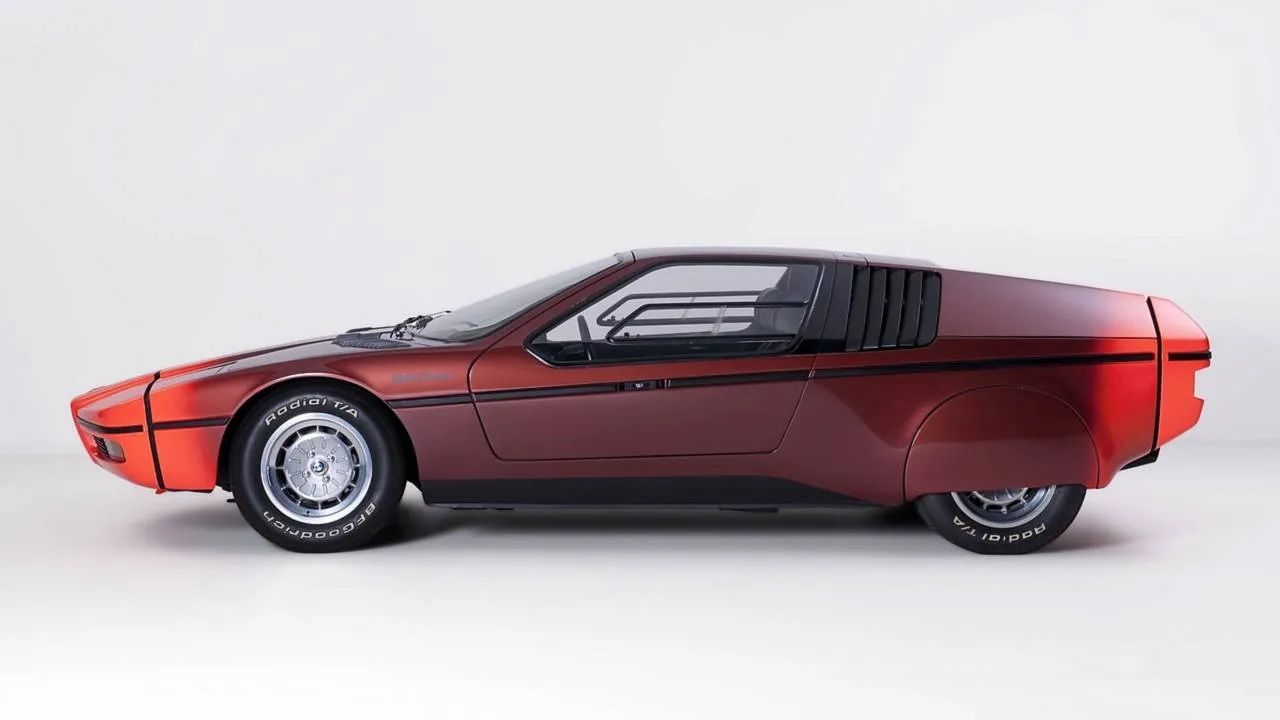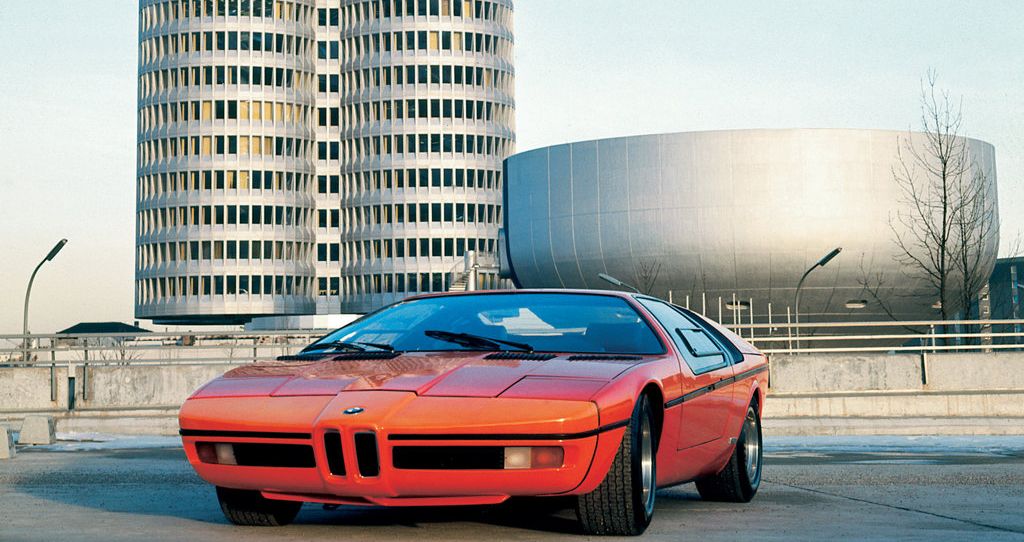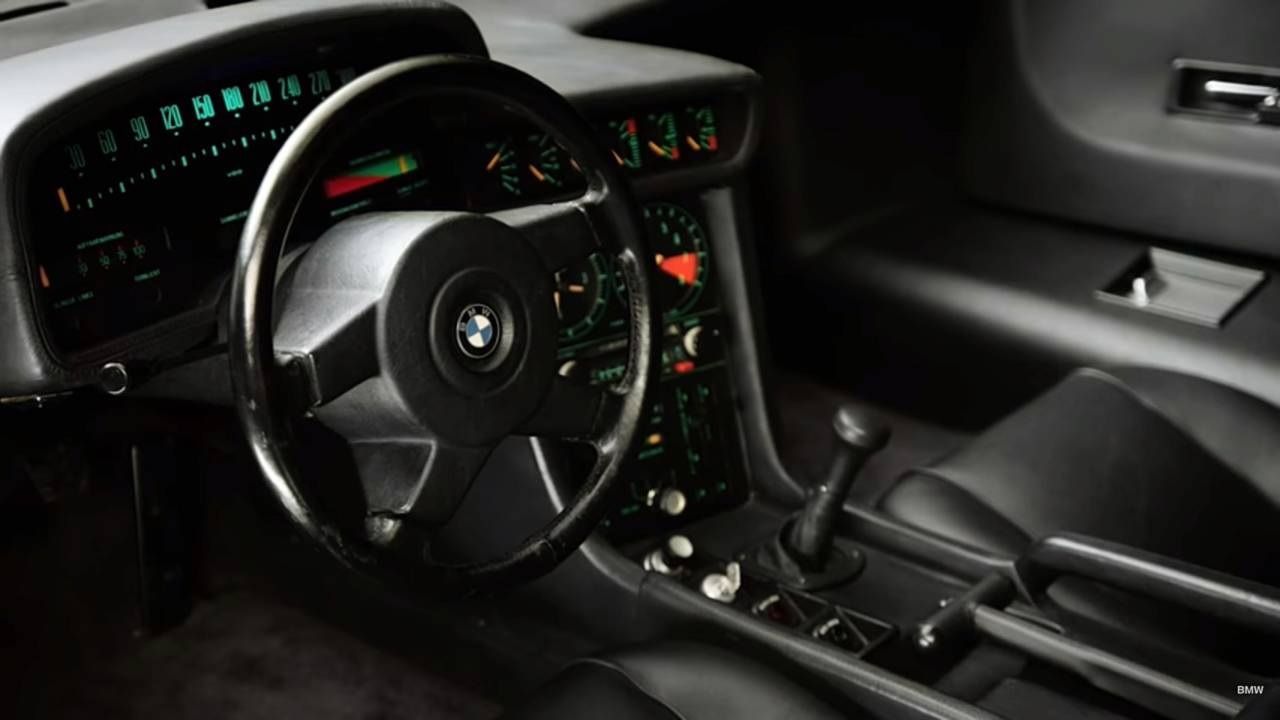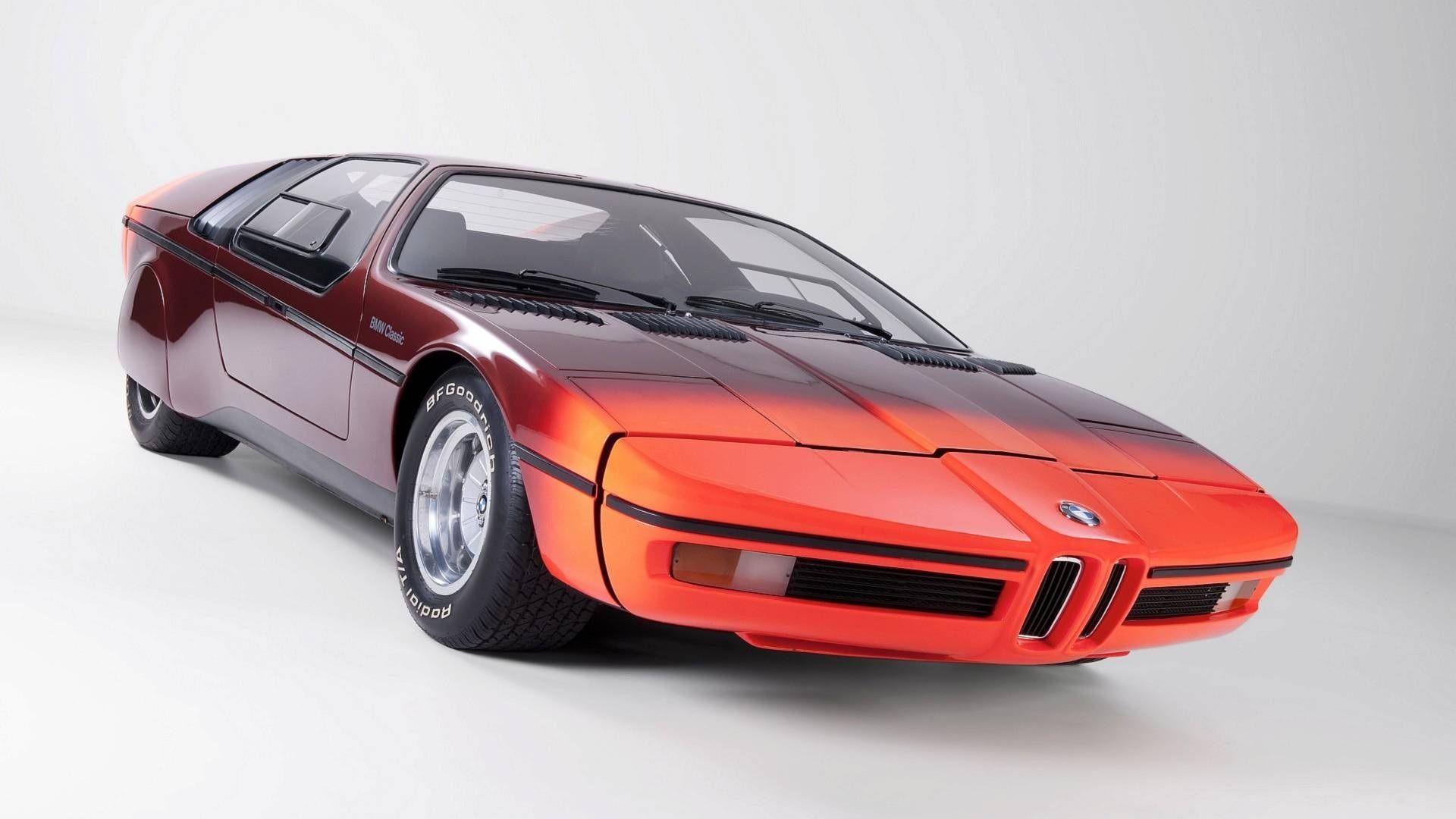As part of the opening ceremony of the 1972 Munich Summer Olympics, renowned automaker, BMW, unveiled the world's first safety-oriented sports car, the "Turbo Concept". In a prevailing wave of safety prototypes, the BMW Turbo was an awesomely-designed response. It was meant to be an exhibition on new technologies and safety, and it also marked a new start for the German manufacturer after the difficult times of the 1960s.
The BMW Turbo was developed with a keen sense of safety and security through a combination of research design and technological tests. The concept car saw BMW act aggressively and reinforced the idea that only a well-rounded, nimble and maneuverable car can pave the future of supercars.
BMW built only two examples of the Turbo – both in Turin at Michelotti. But, thanks to the car’s strong statement, the Turbo Concept’s capabilities lived on, inspiring vehicles like the 8 Series, the 2008 M1 Homage Concept, and the Z1.
We’ll dive into everything you should know about the BMW Turbo concept - a car that bridged the past and the future in a seamlessly-stylish and powerful way.
The 1972 Mid-Engined BMW Turbo Concept Car's Awesome Mid-Engine Configuration
The four-cylinder engine mounted transversely behind the passenger compartment gave the car its name. Initially introduced in the BMW 2002 model, the 2.0-liter inline-4 unit received a turbocharger, which significantly boosted its output to 200 horsepower. This power figure, coupled with its swift 4-speed manual gearbox, propelled the Turbo with confidence, propelling it from a standstill to 62 mph in just under 6.6 seconds.
Claimed as the fastest BMW back in the day, the Turbo concept car’s speed topped out at 155 mph. The detuned and blown four-cylinder engine entered production starting with the 2002 Turbo, which was produced in small quantities in 1973 and 1974.
The 1972 Mid-Engined BMW Turbo Concept Car: Safety First
The Turbo’s design was drawn by Paul Bracq, who was a head designer of the German brand at the time. Taking a more safety tactic, the Turbo Concept car flaunted a special nose and tail that came in separate foam-filled sections attached to telescoping steel beams. These were supposed to absorb most of the impact in a crash – a feature that attracted a lot of attention. Aside from the outstanding bumper, the car’s commitment to safety was illustrated by the all-around visibility. It also had well-balanced axle load distribution, which, along with the low center of gravity, provided a settled ride without much of a lean, even in corners and some of the bendiest roads.
Although the turbo concept is given a completely modern look, Braque has been able to incorporate the classic "kidney grille" into the design. Other notable features of the exterior design are the hooded rear wheels, the gull-wing doors, and BMW emblems.
Best of all, BMW was able to paint the Turbo Concept in a very unusual two-tone paint job to emphasize the crash-friendly bumpers. In the end, Bracq's design received universal acclaim and was named "Concept Car of the Year" by Revue Automobile Suisse. BMW also made a second non-working example for the 1973 Motor Show. About half a decade later, a "production version" was finally presented. The M1 was based on the Turbo concept design, but it left out most of the more innovative features.
The 1972 Mid-Engined BMW Turbo Concept Car's Interior And Safety Features
The Turbo’s incredibly stylish and detailed cabin boasted a plethora of equipment that made the cabin look like a fighter jet’s cockpit. In order to improve the feeling of comfort and interior safety, the Turbo’s interior steered clear of hard cabin edges, padding the tougher edges with foam – something that went was later adopted in future BMW vehicles from then on. The seats were extra-padded to provide more comfort.
BMW used the Turbo as a platform to present its newest safety and driver assistance technology. Some notable driver-assist techs were the lateral acceleration sensor, the ABS, and the radar-based distance warning device. The Turbo also had a long list of manual safety features, including a steering wheel with three universal joints and a crumple zone that comes with hydraulic shock absorbers front and rear. The door pillars, which also acted as roll bars, extended to the roof.
Our favorite interior feature is the Secondary display 2 - a precursor to check control that provided vital information to the driver. When the ignition was turned on, the system prompted the driver to press the test button, which checked the windshield wash level, engine oil, brake-pad wear, brake fluid, and coolant level.
BMW’s Turbo Concept Car Made Its Mark
The iconic Turbo Concept is still available. It has survived and is still fully operational - driveline and all. But unlike in modern vehicles, the Turbo’s powertrain doesn’t have mechanical or electronic chokes, so it must be warmed up before riding. Considering that it has a front-mounted radiator, the cooling process takes around 15 minutes. And with the absence of engine silencers, the process itself isn’t an experience you’ll enjoy, mainly because it’s very noisy - loud enough to have your neighbors calling the cops on you.
After its first unveiling, The Turbo Concept continued to make appearances across the country. In 1977, it was seen in Munich, posing with other vehicles under the slogan 'Vehicles: utopian design'. In 2008, it was also presented again, and this time, to honor the M1's 30th anniversary, alongside a new 'M1 Hommage' concept.

